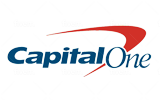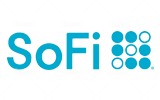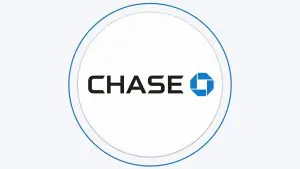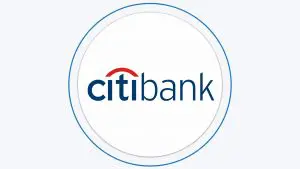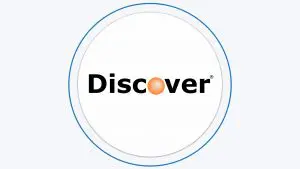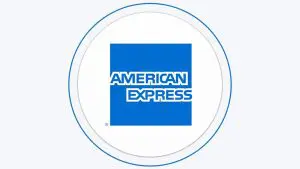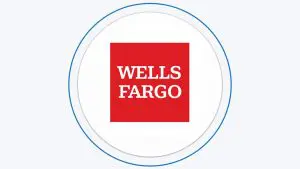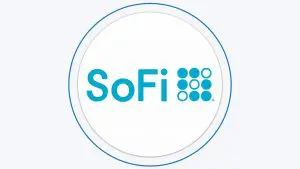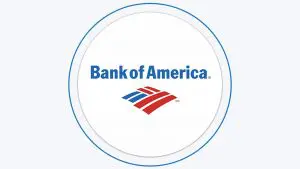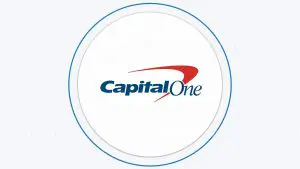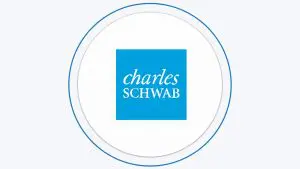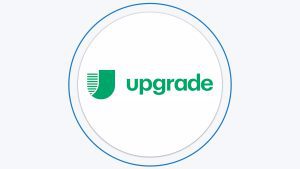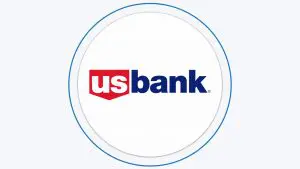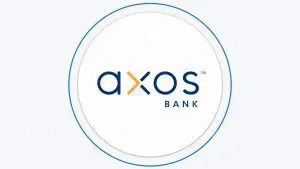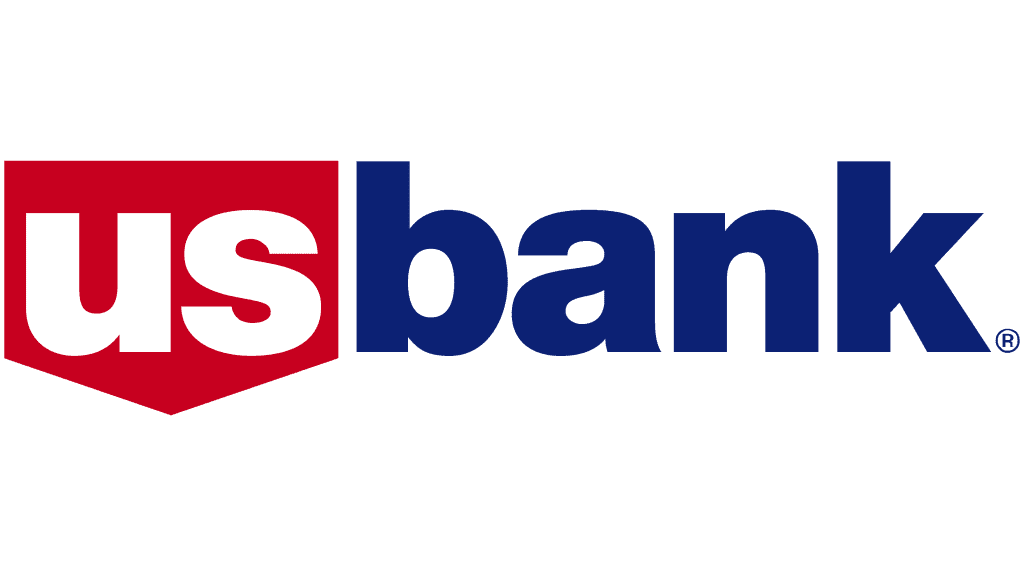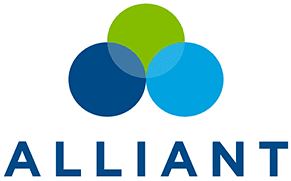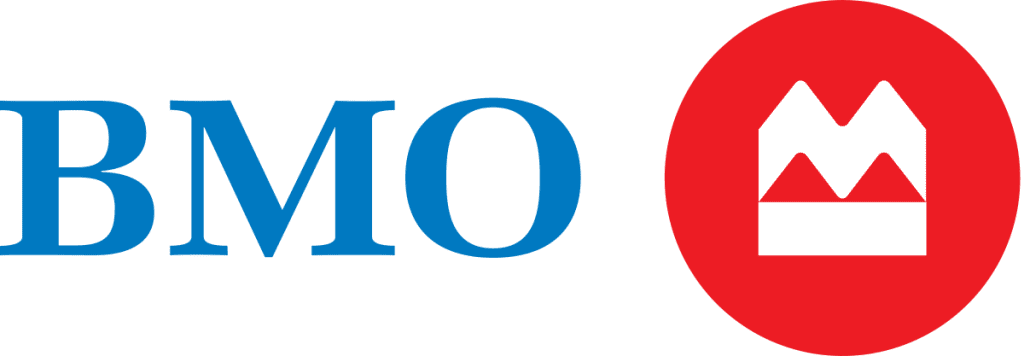Table Of Content
Checking accounts usually consist of one of the biggest steps into the finance realm, as they demand a bigger commitment on the user’s part for the risks that are associated with them.
In contrast, because of the fact that they are one of the most used types of accounts for the benefits they present to users, they are also on average one of the longest-held types of accounts, as per Bankrate.
So, if they are sensibly used, they can become a real tool for wealth growth. Here is everything you must know about checking accounts.
1. Standard Checking Account
This is the most basic type of checking account. The standard checking account offers checks, ATM use, and online payments. Some of these accounts may charge fees, but many do not.
- Pros: These accounts are protected against overdrafts. This means that you can temporarily withdraw or utilize more money than what you have in your account with the condition of returning it later on. This service does usually come with a fee, nonetheless.
- Cons: Since they are the most basic type of account available in the market, you may miss out on some of the benefits that other types of checking accounts have to offer.
- Features: They usually come with a debit card, checks, and online bill payments.
- Is it good for you?: If you are the type of person that needs a frugal checking account for minimal daily transactions, the standard checking account is what you are looking for. Standard checking accounts are the ultimate way for couples who considering a joint account.
Bank/institution | Monthly Fee | Min Deposit | Promotion | |
|---|---|---|---|---|
Capital One 360 Checking | $0 | $50 | None | |
 | Ally Interest Checking Account | $0 | $0 | None |
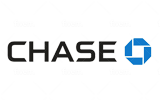 | $12
Can be waived if you maintain a $1,500 minimum daily balance, making direct deposits or Associated SnapDeposits of $500 or more per statement cycle, or holding $5,000 in combined deposit accounts with the same statement cycle date or having a Health Savings Account or investment account
| $0 | $300
Expired on 7/16/2025
|
2. Senior Checking Account
As there are checking accounts oriented to a rather young audience, there are for senior citizens. Senior checking accounts are checking accounts that favor senior users.
- Pros: There are some benefits catered to this audience that can make this type of checking account alluring, such as waived fees.
- Cons: Some banking companies offer senior-oriented checking accounts for this demographic, but provide little to no real benefits to their customers.
- Features: Some of the features that separate senior citizen checking accounts from the other types of checking accounts available in the market are monthly-waived maintenance fees, and free checks.
- Is it good for you?: Under the assumption that you are a retired citizen ranging from the ages of 55 to 60—and onwards—with a stable or fixed source of income, this checking account is for you.
Bank/institution | APY Savings | Monthly Fee | Promotion | |
|---|---|---|---|---|
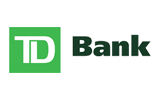 | TD bank 60 plus | 0.01% – 3.51% | $10 per month
Can be waived if you maintain a minimum daily balance of $250
| None |
3. Student Checking Accounts
As you may have guessed, this account is oriented toward college students looking to begin managing their own money and expenses.
- Pros: They tend to offer many benefits regarding maintenance fees and give more leeway with overdrafts.
- Cons: Some student checking accounts do not permit you to withdraw money from out-of-network ATMs, as student checking accounts are mostly an attempt to capture a younger audience that can become prospective clientele in the long run.
- Features: They generally have the same standard features as your traditional checking account such as a card, free checks, and college-oriented sets of benefits.
- Is it good for you?: The student checking account is what you need if you are a college student between the ages of 18 to 23, planning to use a standard checking account with benefits oriented toward college students as a bonus.
Bank/institution | APY Savings | Monthly Fee | Promotion | |
|---|---|---|---|---|
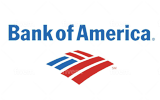 | Bank of America Advantage Banking | 0.01% – 0.04% | $12
can be waived by maintaining an account balance of $1,500, qualifying deposit of $250+ per month or enrol in Preferred Rewards
| $300
Requirements to Receive the $300 Online Only Offer Bonus:
(1) Open a new Bank of America Advantage Banking account online by 01/31/2025, to be enrolled in this offer.
(2) Set up and receive Qualifying Direct Deposits totaling $2,000 or more into that Bank of America Advantage Banking account within ninety (90) days of account opening. is required. Promotion expired on 01/31/2025
|
 | U.S. Bank Student Checking Account
| up to 3.50% | $0 | None |
4. Business Checking Account
- Business checking accounts are oriented to provide solutions to businesses. In general, businesses have different needs from those of regular people. Mostly, companies use checking accounts for daily operational expenses.
- Pros: You are able to open more than one account for several purposes. For instance, you can open one for payrolling, and another one for other specific purposes such as logistical expenses.
- Cons: The fees can get high if you perform many transactions in a month. This also applies to cash deposits. You should use checking accounts moderately and for particular functions.
- Features: One of the main features of business checking accounts is that they have the capability of either accepting credit or debit payments, and you also get to make use of business checks.
- Is it good for you?: This type of account should only be employed whether you are a businessman or company owner aiming to get credit to cover operative costs so as to run your company smoothly.
5. Interest-Bearing Checking Account
This category of account may pique your interest, as it is a checking account in a category of its own. As its name implies, the interest-bearing checking account is an account that offers interest for your balance.
- Pros: You can earn money while still enjoying the upsides of a checking account, such as being able to utilize checks and cards, to name a few. For example, the Amex checking account offers 1.00% APY.
- Cons: For the interest rate it yields, you may find it much more convenient to open a high-yield savings account. The reason is that the former gives a 0.1% APY on average, whereas the savings account can extend up to a 2% APY.
- Features: They offer the same benefits as most of the previously mentioned checking accounts, with the added plus of obtaining a minimum APY threshold for your balance kept within them.
- Is it good for you?: If you are a user that is looking forward to using a checking account that also provides something extra while keeping a large account balance therein, this is for you.
Bank/institution | APY Savings | Monthly Fee | APY Checking | |
|---|---|---|---|---|
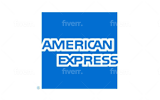 | Amex Rewards Checking | 3.70% | $0 | 1.00% |
SoFi Checking And Savings | up to 3.80% | $0 | 0.50% |
6. Premium Checking Account
Premium checking accounts are also known as “Premier checking accounts”. They are the ones that offer those extra perks you would otherwise be willing to pay for. Yet, you frequently have to qualify for certain bank criteria before applying to one.
- Pros: They have many other benefits that the standard accounts do not usually come with, such as out-of-network ATM use, free safe deposit box, and others.
- Cons: As expected, you usually have to pay higher maintenance fees, and not everyone can apply to these, as you have to meet “premium” requirements as a part of the mutual agreement.
- Features: Premium—or premier—checking accounts usually bring free personal and official checks, free safe deposit boxes, free money orders, and a broader extension of ATM providers to the table.
- Is it good for you?: If you have a high account balance, your assets qualify you for this type of account, and you prefer to have more benefits over the standard checking account, this is for you.
7. Rewards Checking Account
Rewards checking accounts are accounts that give you rewards either in the form of cashback or points for using their services. Whenever you buy with rewards checking account, you get lagniappe perks that you would otherwise not obtain.
Pros: You get much more for the value of your money, as those cash-back returns can amount to some serious money-saving prowess.
Cons: There is no bunch of rewards checking accounts out there. Usually, the benefits are used to tempt customers into buying their services without giving much thought to other aspects such as maintenance and overdraft fees, and so on.
Features: The features that stand out from the rest of the existing checking accounts are the received points, whether it be in the form of cash backs, gift cards, or points.
Is it good for you?: If you are the type of person that wants to get the most out of every purchase, you should consider adhering to a rewards checking account, as long as you learn well all of the terms and conditions that entail one.
Bank/institution | APY Savings | Monthly Fee | Promotion | |
|---|---|---|---|---|
Axos Rewards Checking | Up to 4.01% | $0 | $500
Use Promo Code “RC500” for a $500 bonus when you apply for a Rewards Checking account. Expired on 06/30/2024
| |
Discover Cashback Debit | 3.70% | $0 | $150 / $200
N/A. [/sc]
|
8. Second-Chance Checking Account
Second-chance checking accounts are those that are used when your credit score is lackluster or directly bad.
Those who have incurred an account default several times—that is leaving negative balances unpaid—or simply have taken far too many overdrafts to fall into this category.
- Pros: Regardless of any previous mistakes, these accounts allow you to have a checking account once again despite any negative credit history. You earn the opportunity of a second chance at banking as long as you can prove yourself reliable to the institution.
- Cons: The usual services of checking accounts can be significantly reduced for obvious reasons, like overdraft protection and zero-percent fees. Besides, the bank might ask for more documentation than usual to start enjoying their benefits.
- Features: They chiefly entail the benefits of a standard checking account, with the addition of mandatory service fees and the exclusion of overdraft protection.
- Is it good for you?: This account is functional to you provided you have had an unfavorable credit history, and you want to get a second chance at checking account banking.
Bank/institution | APY Savings | Monthly Fee | Promotion | |
|---|---|---|---|---|
 | 2.00% | $0 | None | |
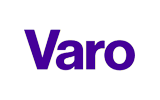 | Varo | 2.50% – 5.00% | $0 | None |
How to Choose a Checking Account?
Choosing a checking account adequately is a process that can take some time. Comparing the different alternatives you have is a must.
Considering that checking accounts usually involve maintenance fees, overdraft fees, and other types of fees, why not choose one that gives you back more than your run-of-the-mill checking account?
These are some of the aspects you should reflect upon before opening your chosen checking account:
- Fees. Most of the accounts in the present-day market demand a minimum amount of operations if you want to avoid fees. You will most likely wind up paying a minimum $10 fee—or your elected bank’s minimum fee— if you fail to meet the bank’s requirements.
- Digital Experience: banking is more online than on branches, check out your bank's digital experience and what it offers
- Insurance. Does your company offer insurance from the FDIC or the NCUA? Any serious banking institution provides these coverages. They usually add up to $250000 worth of coverage for your transactions.
- Variety of products: compare which types of banking options you can get. From mortgages to auto loans, banking is more than just a checking account.
- ATM networks. Sometimes, your desired account may offer considerable benefits that can favor the tipping of the scale, but ATM networking—or lack thereof—is not to be overlooked. Being the possessor of a checking account with a sound ATM network can save you on more than one occasion.
Where to Open a Checking Account?
Where to open a checking account is the closest second step to take after having decided what type of checking account you want. Some banks require heavier loads of bureaucracy than others.
Generally speaking, most banks demand this information for opening a checking account as a minimum requirement:
- Social Security Number, or SSN.
- A valid photo ID issued by the government. i.e., state ID, driver’s license, passport, or military ID.
These are some of the easiest places where you can open accounts:
- Wells Fargo. This renowned institution only asks for a $25 minimum deposit on top of the usual basic documentation.
- Ally. This entity states that you need no longer than 5 minutes to open an account.
- United Bank. You only need your driver’s license or your state ID, with the additional $50 initial deposit.
- Chase Bank. You need your basic information, a utility bill, two different forms of photo ID, and your address details.
How to Open a Checking Account?
Opening a checking account should be an easy and pleasurable experience for you. Mostly, banks only ask for your basic information and contact details, some form of photo ID, and a minimum deposit.
Here you have some of the steps that usually involve opening a checking account:
- Determine the type of checking account you want to open. You can easily do this by observing the different types of existing accounts laid out. Figure out which one caters to your needs and wants best and take your pick. If you have more than one bank account, consider the goal of each account you manage.
- Choose a banking entity. You have diverse varieties for this market niche, so make your best effort to choose one that provides the best services in return for your selection.
- Gather all the required documentation from the bank. Basic information, Social Security Number, photo IDs, current address information, deposit money, and others.
- Apply for the checking account. You can do this in person, or you can also do it online. Nowadays, many banks even exclusively demand mobile applications for checking accounts.
- Wait for the approval. Approval—or rejection—can generally take a couple of business days to come to fruition. Always check with your trusted bank institution for their approval time windows.

